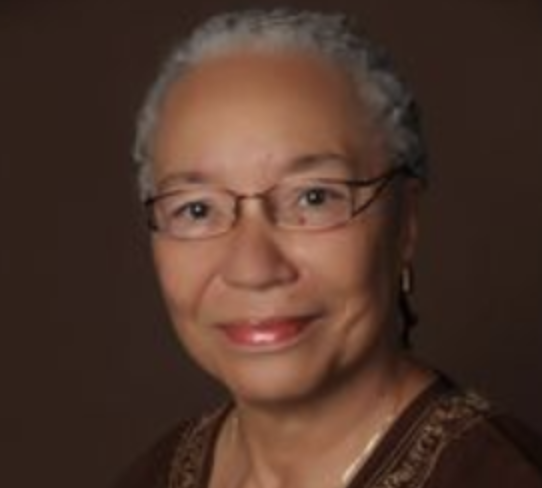(By CAROLYN JONES)
Former Austin City Council Member Ora Houston has always been known for methodically looking at all sides of an issue before coming to a reasoned decision. But when she had been on the council for three years and was trying to discern whether to run for another term, her methodology was decidedly uncomplicated.
“I just talked to the man upstairs,” Houston said. “He said, ‘Well done my good and faithful servant.’”

On December 12, 2018, Austin’s KVUE-TV ran a picture of Houston on its website with the caption, “Council Member Ora Houston was spotted Wednesday morning wearing a bright yellow vest and waving goodbye to her constituents on the side of the road.”
Houston, a “70ish” woman with close-cropped gray hair highlighted with a splash of wild purple, has relied on a simple formula for most of her life. She first examines an issue from all sides, then draws upon her deep faith in God for guidance, and then goes on to the next project.
It is a formula that has guided Houston throughout her life, from her childhood spent in neighborhoods near East 11th Street and the Blackland community of East Austin, to colleges in Iowa and Austin, to the world of work in the mental health field. Politics and community work were not far behind, including four years as a member of the Austin City Council.
Houston’s parents, who were active in the East Austin community, were a constant source of inspiration. Her father held a job with Huston-Tillotson College. Among his friends were the movers and shakers of East Austin, including Dr. Everett Givens, for whom Givens Park is named, and attorney Virgil Lott, the first African-American graduate of the University of Texas School of Law. Givens and Lott were at the forefront of community issues in East Austin during the early 1950s and 1960s.
Houston said she saw first-hand the effects of segregation in various institutions in Austin that lingered from the 1928 Master Plan passed by the city fathers to create a “black district.”
“Blacks who lived south of Oakwood Cemetery and east of East Avenue were forced to move to East Austin,” Houston remembered.
Blacks who did not move were denied city services, including water and electricity. Also, their children could not attend public schools anywhere but East Austin.
Years later, Houston was involved in the planning stages of what was to become the “10-1” concept of the Austin City Council. Instead of electing council members based on the “at-large” system, the 10-1 concept, approved in 2012, allowed voters to elect 10 council members from separate districts while the mayor was elected “at-large.”
Houston won election to a four-year term on the 2015 Austin City Council and served until 2019. But she did not always vote as some of her constituents expected, nor as her friends wanted. But she always voted her conscience.
In a February 22, 2018 article published in The Towers.net email newsletter, writer Jack Craver wrote of Houston, “No vote is harder to predict than hers.”
For Houston, voting her conscience meant sometimes voting with staunch enemies of liberal and progressive causes or siding with council members with whom she typically disagreed.
But she often reminded friends and foes alike, “I did not get in this to become a politician. I am in this to be a public servant.”
Accustomed to taking the difficult path and leaving the rest to, as she says, “the man upstairs,” Houston is still her own woman. These days she is as free as the birds that she loves to watch. She spends her time volunteering, but still keeps a finger on Austin’s political heartbeat as well as East Austin issues.




